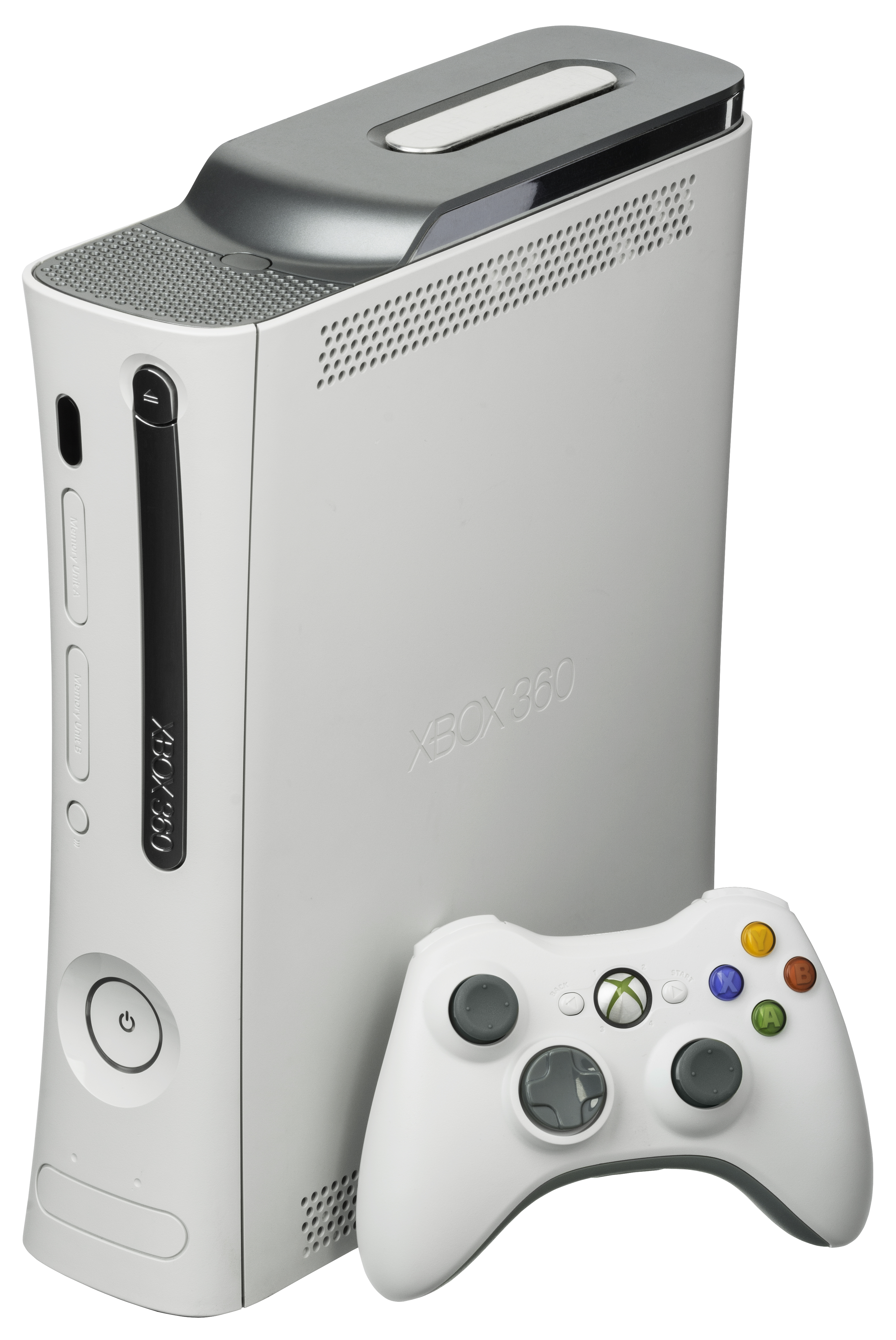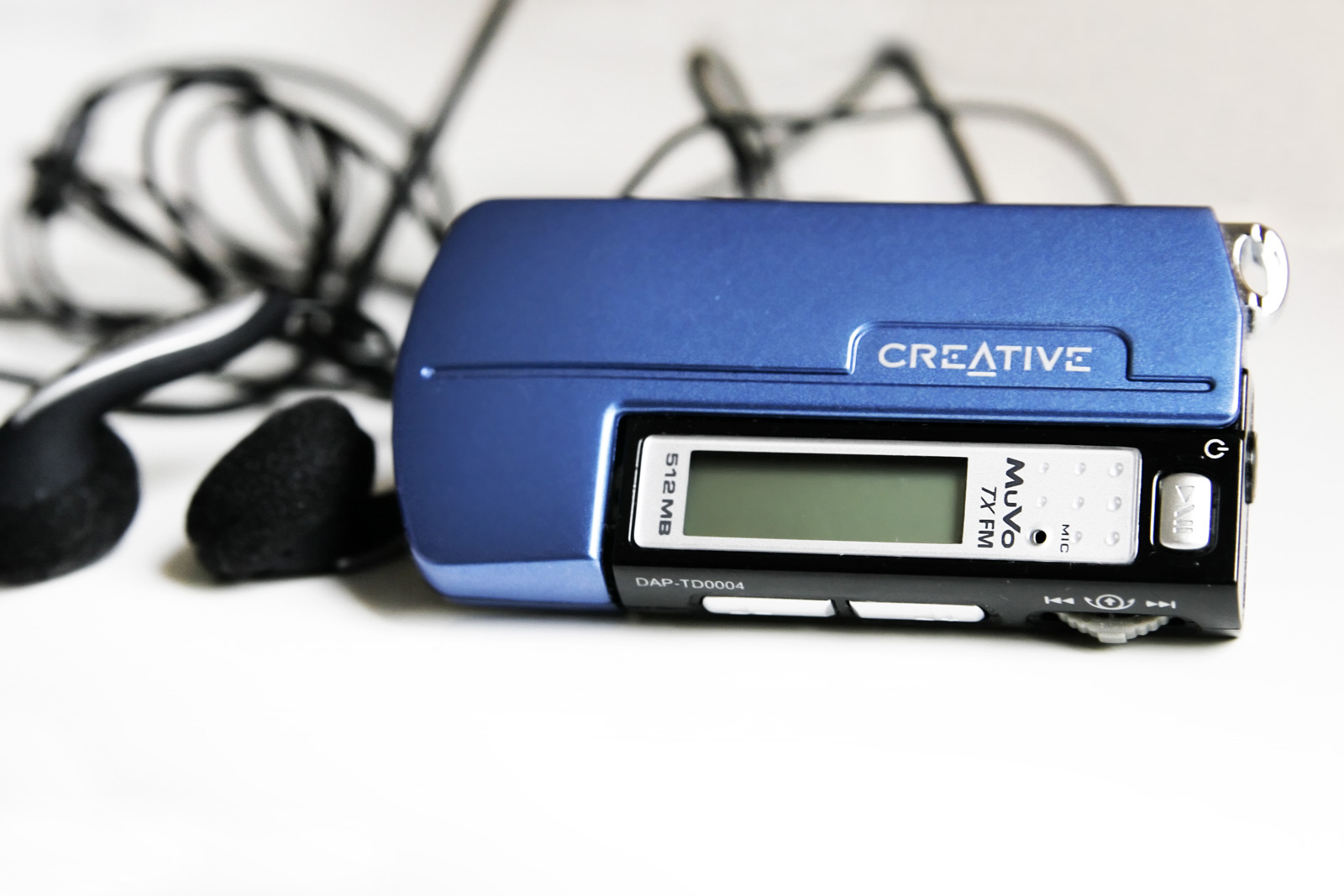|
Zune
Zune was a brand of digital media products and services that was marketed by Microsoft from November 2006 until it was discontinued in June 2012. Zune consisted of a line of portable media players, a music subscription service known as Zune Music Pass plus Zune Marketplace for music, TV and movies, streaming services for the Xbox 360 game console, and the Zune Software, Zune software media player for Microsoft Windows, Windows PCs which also acted as desktop sync software for Windows Phone. The Zune started and revolved around its line of portable media players (PMP) created in cooperation with Toshiba. Microsoft aimed to challenge and beat Apple Inc., Apple, whose iPod line held an enormous market share. Three hard disk players ranging from 30 GB to 120 GB were released, alongside six flash memory, flash players. However, its overall market share in the U.S. remained low, well below Apple and also lagging the SanDisk Sansa and Creative Zen. Microsoft discontinued all Zu ... [...More Info...] [...Related Items...] OR: [Wikipedia] [Google] [Baidu] [Amazon] |
Zune HD 64
The Zune HD is a portable media player in the Zune product family released on September 15, 2009, by Microsoft. It was a direct competitor with Apple's iPod Touch series of mobile devices. It was initially released in 16 and 32 GB capacities. A 64 GB version was released on April 9, 2010. It has a touchscreen interface for navigation and included Wi-Fi for synchronization, access to the Zune Marketplace and Web browsing. The Zune HD utilized the Nvidia Tegra APX 2600 chip, allowing it to play 720p video through the optional HDMI Zune dock on a high-definition television. Otherwise, content would be scaled down to 480×272 pixels on the player's OLED touchscreen. History Soon after Apple released the iPod Touch, Microsoft R&D department head, Robbie Bach, began work on a touchscreen Zune player to combat it. The department started immediately on reworking the Windows CE–based OS of the older Zune to suit the new multitouch PMP. Astro Studios was contracted to design the Zun ... [...More Info...] [...Related Items...] OR: [Wikipedia] [Google] [Baidu] [Amazon] |
Zune Software
Zune is a discontinued software program that was developed by Microsoft for Windows that functions as a full media player, library, media streaming server, mobile device management, and interface for the discontinued Zune Marketplace. The software is used to sync with all devices with Zune functionality including the Zune 4, 8, 16, 30, 80, 120, Zune HD, Windows Phone 7, and Microsoft Kin. Zune devices work exclusively with the Zune software, which applies many design principles of Microsoft's Metro design language. Following the discontinuation of Zune hardware in 2011, the software program was put into maintenance mode. In October 2012 its replacements products were launched: the new phone companion app is used for syncing with devices running Windows Phone 8 (including 8.1) and Windows 10 Mobile, while Xbox Music (later known as Groove Music) and Microsoft Movies & TV were launched to fill Zune's role as a media player and streamer. Zune online services were complet ... [...More Info...] [...Related Items...] OR: [Wikipedia] [Google] [Baidu] [Amazon] |
Zune 30
The Zune 30 is a portable media player developed by Microsoft, and the first hardware device in Microsoft's Zune brand. It was released on November 14, 2006, simply named the Zune. After subsequent versions with different hard drive capacities, the original Zune was renamed Zune 30. The consumer edition was initially offered in black, brown, and pearl white, which came with a "doubleshot," or translucent glow, in a different color, of blue, green, and clear, respectively. First-party cases were made from leather and fabric while third-party cases were usually made from a silicone rubber. Controls included a circular controller with four buttons for direction, as well as a middle button to select a song album or menu, a back button to the left, a play/pause button to the right, and a hold switch atop the player next to the headphone port. The words "Hello from Seattle" were inscribed on the back of the outer shell, and it featured several songs, videos, and images pre-loaded on t ... [...More Info...] [...Related Items...] OR: [Wikipedia] [Google] [Baidu] [Amazon] |
Zune 80, 120
The Zune 80 and Zune 120 are portable media players developed by Microsoft in its Zune series of media players. The Zune 80 was announced on October 2, 2007 and was released on November 13, 2007. It, along with the Zune 4, 8, and 16, is part of the second generation of Zune devices. It features music, video, and podcast support, and comes with Wi-Fi and FM Radio. The Zune 120, part of the second generation of Zune devices, was released September 16, 2008. As of January 2010, the devices run the 3.3 firmware. Overview Aiming to improve on the design of the original Zune, the Zune 80/120 is 3.6 millimeters thinner and 31 grams lighter. It also has a slightly larger screen (3.2 inches instead of 3) and higher battery life (up to 24 hours for music, versus up to 14). Although similar internally, battery life improvements were possible due to a reduction in the refresh rate (30 Hz down from 60 Hz) and CPU clock speed (499 MHz down from 524 MHz). The D-p ... [...More Info...] [...Related Items...] OR: [Wikipedia] [Google] [Baidu] [Amazon] |
Zune 4, 8, 16
The Zune 4, Zune 8, and Zune 16 are second-generation models of the Zune lineup, they were first announced on October 2, 2007 and released on November 13, 2007 in the United States and June 13, 2008 in Canada. They are flash memory-based players meant to compete with the iPod Nano and the Sansa Fuze, both smaller and cheaper than the three hard disk drive, hard drive-based Zune devices, the Zune 30, Zune 80, 120, Zune 80, and Zune 80, 120, Zune 120. They feature music, video, and podcast support, and come with Wi-Fi and FM broadcasting, FM Radio. Overview The D-pad of the original Zune has been replaced by the Zune pad, which allows for touch-sensitive controls in addition to 5-way clicking. Wi-Fi is used for wireless synchronization and for sharing photos, podcasts, and music with other Zunes, although shared songs may only be played three times by the receiving Zune. The FM Radio includes RBDS support for displaying song and station metadata, but does not support HD-Radio. The fla ... [...More Info...] [...Related Items...] OR: [Wikipedia] [Google] [Baidu] [Amazon] |
Windows Phone
Windows Phone (WP) is a discontinued mobile operating system developed by Microsoft Mobile for smartphones as the replacement successor to Windows Mobile and Zune. Windows Phone featured a new user interface derived from the Metro design language. Unlike Windows Mobile, it was primarily aimed at the consumer market rather than the enterprise software, enterprise market. It was first launched in October 2010 with Windows Phone 7. Windows Phone 8 succeeded it in 2012, replacing the Windows CE-based kernel of Windows Phone 7 with the Windows NT kernel used by the PC versions of Microsoft Windows, Windows (and, in particular, a large amount of internal components from Windows 8). Due to these changes, the OS was incompatible with all existing Windows Phone 7 devices, although it still supported apps originally developed for Windows Phone 7. In 2014, Microsoft released the Windows Phone 8.1 update, which introduced the Cortana (virtual assistant), Cortana virtual assistant, and Window ... [...More Info...] [...Related Items...] OR: [Wikipedia] [Google] [Baidu] [Amazon] |
Xbox Music
Groove Music (formerly Xbox Music and Zune Marketplace) is a discontinued Audio player (software), audio player software application included with Windows 8, Windows 8.1, Windows 10 and Windows 11. The app is also associated with a now-discontinued music streaming service, Groove Music Pass, which was supported across Windows, Xbox video game consoles, Windows Phone, as well as Android (operating system), Android and iOS. , the Groove catalogue had over 50 million tracks. Its subscription service Groove Music Pass was officially discontinued on December 31, 2017, and the Android and iOS versions of the Groove Music app were discontinued in December 2018, restricting the player to its native Microsoft Store (digital), Microsoft Store base. Groove Music was superseded by Windows Media Player (2022), Media Player in Windows 10 and Windows 11. The update was rolled out to Windows 10 users between January and June 2023. History Microsoft had previously ventured into music servi ... [...More Info...] [...Related Items...] OR: [Wikipedia] [Google] [Baidu] [Amazon] |
Xbox 360
The Xbox 360 is a home video game console developed by Microsoft. As the successor to the Xbox (console), original Xbox, it is the second console in the Xbox#Consoles, Xbox series. It was officially unveiled on MTV on May 12, 2005, with detailed launch and game information announced later that month at the 2005 E3, Electronic Entertainment Expo (E3). As a Seventh generation of video game consoles, seventh-generation console, it primarily competed with Sony Interactive Entertainment, Sony's PlayStation 3 and Nintendo's Wii. The Xbox 360's online service, Xbox Live, was expanded from its previous iteration on the original Xbox and received regular updates during the console's lifetime. Available in free and subscription-based varieties, Xbox Live allows users to Online game, play games online; download games (through Xbox Live Arcade) and game demos; purchase and Streaming media, stream music, television programs, and films through the Xbox Music and Xbox Video portals; and acces ... [...More Info...] [...Related Items...] OR: [Wikipedia] [Google] [Baidu] [Amazon] |
Microsoft PlaysForSure
Microsoft PlaysForSure was a certification given by Microsoft to portable devices and content services that had been tested against several hundred compatibility and performance requirements. These requirements include codec support, digital rights management support, UI responsiveness, device performance, compatibility with Windows Media Player, synchronization performance, and so on. PlaysForSure certification was available for portable media players, network-attached digital media receivers, and media-enabled mobile phones. The PlaysForSure logo was applied to device packaging as well as to online music stores and online video stores. PlaysForSure was introduced in 2004. Microsoft plans branding assault CNET News In 2007, Microsoft rebranded and scaled back "PlaysForSure" PlaysForSure Network Media Devices and Windows Vista (WinHEC 2007; 1.7 MB) Slide 13, Retrieved 2007-12-14 from Digital Media Devices and the Windows Logo Program: New Directions for PlaysForSure Testin ... [...More Info...] [...Related Items...] OR: [Wikipedia] [Google] [Baidu] [Amazon] |
Portable Media Player
A portable media player (PMP) or digital audio player (DAP) is a portable consumer electronics device capable of storing and playing digital media such as audio, images, and video files. Normally they refer to small, Electric battery, battery-powered devices utilising flash memory or a Hard disk drive, hard disk for storing various media Computer file, files. MP3 players has been a popular alternative name used for such devices, even if they also support other file formats and media types other than MP3 (for example Advanced Audio Coding, AAC, FLAC, Windows Media Audio, WMA). Generally speaking, PMPs are equipped with a 3.5 mm headphone jack which can be used for headphones or to connect to a boombox, home audio system, or connect to car audio and home High fidelity, stereos wired or via a wireless connection such as Bluetooth, and some may include radio tuners, voice recording and other features. In contrast, analogue portable audio players play music from non-digital m ... [...More Info...] [...Related Items...] OR: [Wikipedia] [Google] [Baidu] [Amazon] |


